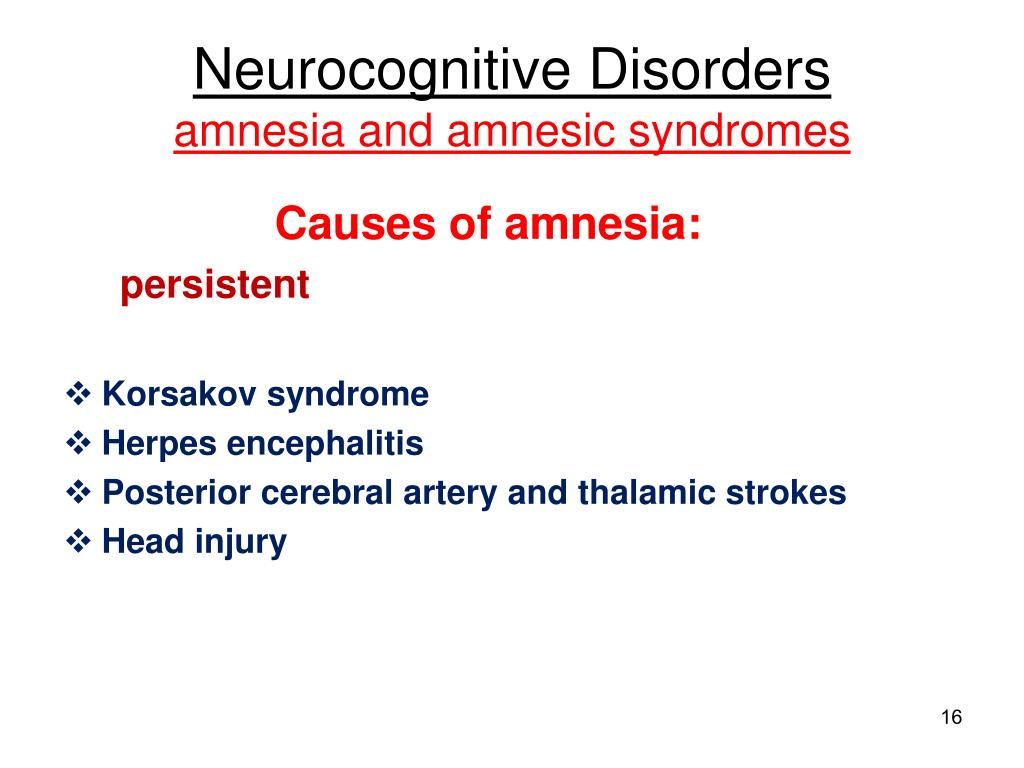

And once they arrived, I often fled, hoping that a short break would help me regain my optimism and fortitude.Įventually, as Jessica gradually began to comprehend her new world, we found ways to calm her. After sitting with Jessica for an hour or two, I ached for someone, anyone, to relieve me at her bedside. I don’t remember ever feeling so helpless and alone. She was unappreciative of my attempts to help her. With a grimace of pain and bewilderment on her face, she writhed about her bed, moving incessantly with no destination in mind. The first two weeks of Jessica’s PTA were my most challenging days. They are alarmed and cannot help but panic at the prospect of a grim future. For the first time, visitors can see just how far their survivor has to recover. The patient’s behavior, however, is childlike at best and, often, totally out of character. Everyone is relieved their worst fears have vanished. The patient, previously motionless, now is moving and may be speaking. The transition from coma to PTA can be joyful as well as painful for the family. For example, many survivors imagine that the doctors and nurses are guards, imprisoning them for bad behavior, such as swearing or striking visitors. This scenario will probably make little sense to you, but will temporarily satisfy your survivor’s unconscious need to find some logic behind her confusion. Seeking some explanation for their plight, they may mix imagination and memory to create a sometimes fantastic scenario. They are utterly confused by their situation. Others become psychotic, experiencing delirium and/or hallucinations. Some patients become aggressive and uncontrollable and must be medicated to calm down. She is unconsciously and frantically trying to sort through a lifetime of experiences and reconcile them with her current infant-like condition. She continually worried that I would return to work - leaving her alone, perplexed, and scared-despite frequent reminders that I was retired.ĭuring this period of disorientation, the patient can become extremely agitated and resist attempts to calm her. When Jessica became more lucid toward the end of her post-traumatic amnesia, she couldn’t recollect from day to day that I had stopped working eighteen months prior to her accident. This can be distressing to unrecognized and ignored family members. She may develop familial connections with her medical team as she tries to understand her environment. Or, she may not recognize family members or friends. A young adult, for example, may forget she finished college ten months before her injury. Your survivor may temporarily or permanently lose some memories from before her injury. She doesn’t need any additional frustration. Don’t ask her questions until you are certain she will be able to respond easily. She may ask, “Where have you been all day?” when you have left her bedside for just a moment.Īnswer her questions with simple words and short sentences. If she’s able to speak, she asks the same questions repeatedly because she can’t remember the answers. She goes robotically from place to place and from task to task as directed by her therapists. She doesn’t remember her daily activities. While in post-traumatic amnesia, the patient is somewhat responsive, but baffled by her surroundings. As the weeks of post-traumatic amnesia pass, the odds of a good recovery diminish. The duration of PTA is one of the better - but still not very reliable - predictors of long-term outcome (see page 101). Jessica’s coma lasted two to three weeks her PTA lasted more than ten weeks. In general, post-traumatic amnesia lasts three to four times longer than the preceding coma. It can be weeks or months before your survivor is able to routinely store new memories.

Memory is the slowest part of the conscious mind to recover from an injury. She may be unable to recall very basic information, such as her name, your name, the season of the year, or the name of the current president. In this condition, the survivor may not understand who she is, where she is, and what is happening to her. More recently, the definition has been broadened to include a state of disorientation to time, place, and person. For years, PTA was defined as the period of time after an injury when the brain is unable to form continuous day-to-day memories. It is called post-traumatic amnesia (PTA). This is a normal part of the healing process. She may behave bizarrely or in a manner completely alien to her personality. She may be disinhibited, demonstrating a complete disregard for social conventions. She may be disoriented, agitated, angry, impulsive, or extremely emotional. When your survivor emerges from her coma, she likely will have little or no short-term memory.


 0 kommentar(er)
0 kommentar(er)
